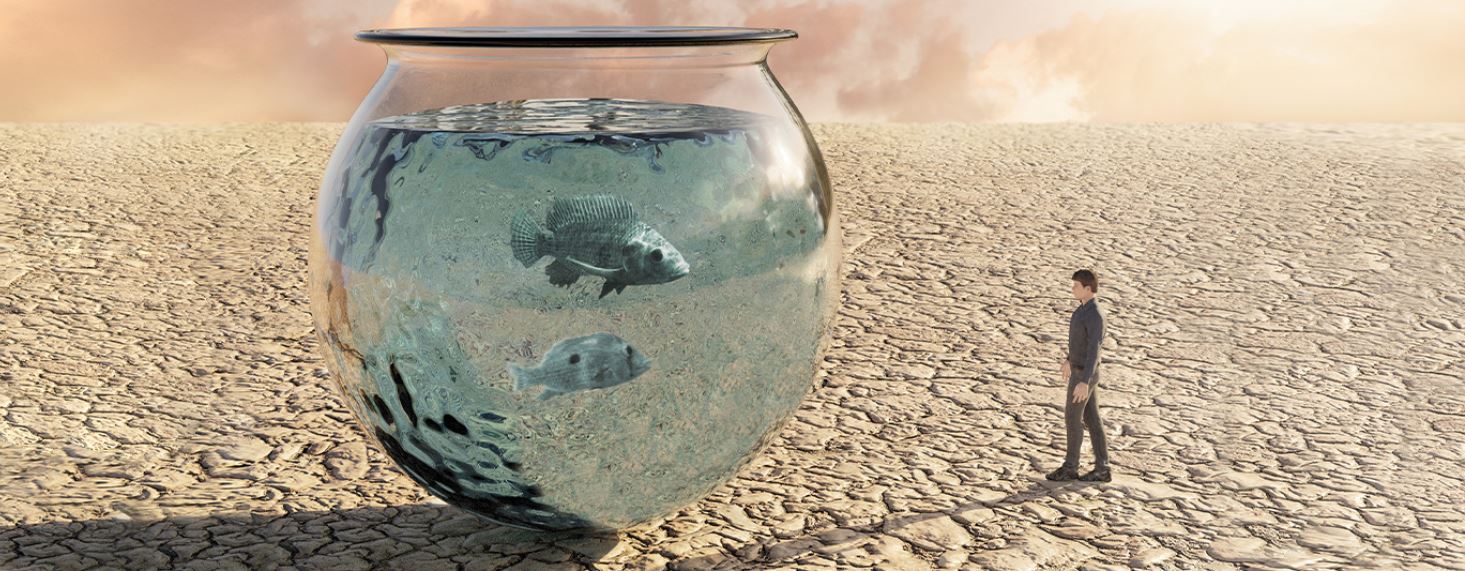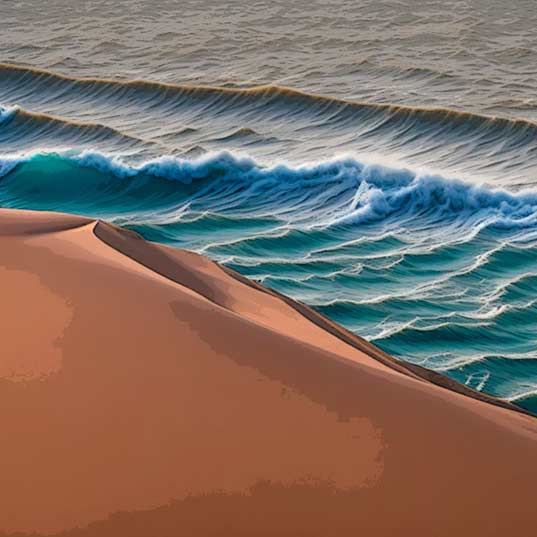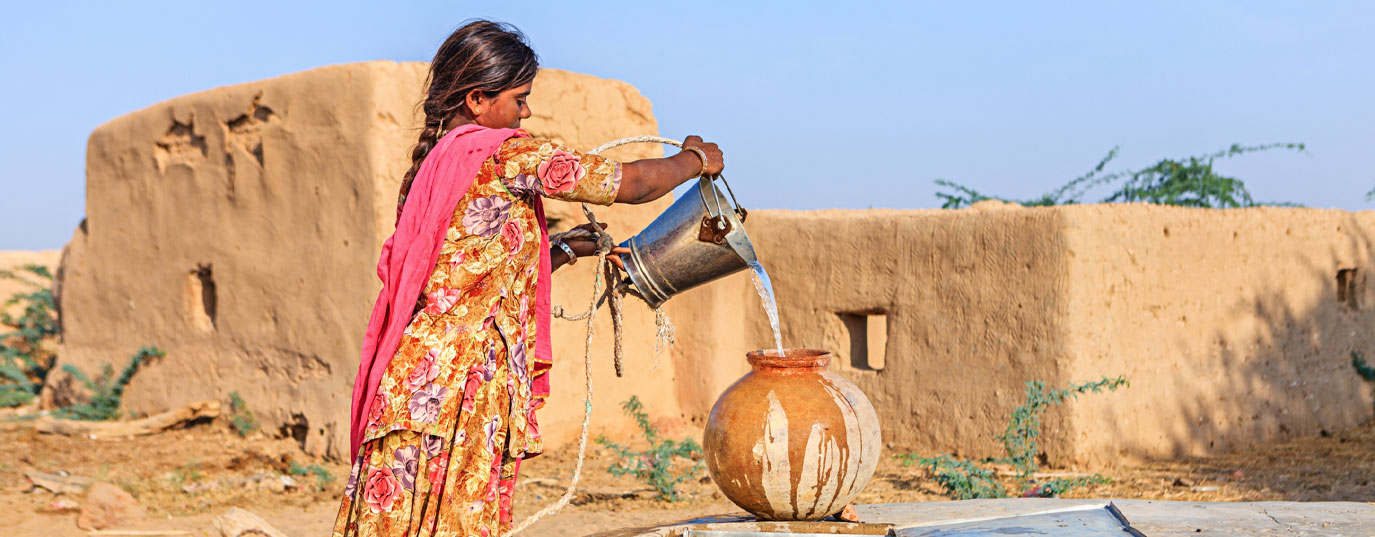The challenges of water scarcity amid climate change: problems and solutions
The water crisis is worsening as temperatures rise. What solutions should we implement to overcome water shortages?
The climate crisis is also the water crisis. Changes in the water cycle, rising sea levels, climate catastrophes – more frequent and intense - related to it and water scarcity are just some of the consequences. Water problems are not new, but they are becoming more acute as the global temperature rises.
What will I learn from this article?
Water, an increasingly scarce resource due to climate change
“For water, it’s now or never, Water is the element we find in energy, food security, health, economy and international collaboration,” said Henk Ovink, the Dutch envoy who will lead the next United Nations Water Conference in March 2023.
We need to change the way we are organized to deal with the issue, he underlined during his address to the 27th United Nations Conference on Climate Change.
The impact of climate change on water resources is there for all to see. Indeed, over 90% of disasters are water-related, due either to a shortage or excess. From devastating drought in Somalia to fatal flooding in Pakistan, this year millions of people across the world have suffered both extremes.
“More than 90% of disasters are water-related”
 At the same time, natural disasters can destroy or pollute water supplies, which, according to UNICEF, increases the risk of diseases such as cholera or typhoid fever. The organization says increasing temperatures can also attract deadly pathogens to freshwater sources, making water dangerous for people to consume.
At the same time, natural disasters can destroy or pollute water supplies, which, according to UNICEF, increases the risk of diseases such as cholera or typhoid fever. The organization says increasing temperatures can also attract deadly pathogens to freshwater sources, making water dangerous for people to consume.
Water is thus a scarce resource which climate change limits even more. It is estimated that 3.6 billion people worldwide live in areas where water is scarce for at least one month per year. But this figure could reach 4.8 or 5.7 billion by 2050, according to the United Nations World Water Development Report.
It is still possible we will not reach those scenarios. The 5th Assessment Report by experts on the Intergovernmental Panel on Climate Change (IPCC) says limiting global warming to 1.5°C with respect to pre-industrial levels (rather than 2°C) will reduce by half the number of people exposed to hydric stress worldwide.
“3.6 billion people in the world live in areas where water scarcity occurs for at least one month a year”
How do we face up to the water scarcity problem?
Water is crucial for socioeconomic development, food security and ecosystems health, and is essential for improving people’s wellbeing. This is nothing new, but the increasingly urgent need for investment in conserving water resources is only too clear.
Toward a circular water economy
The best way of tackling water scarcity is its efficient and sustainable use. Conservation which should be present throughout the full water cycle: from capture and distribution to later cleaning and treatment. Remember that only 0.3% of water on Earth is apt for consumption. We cannot waste a drop.
Water reuse is one of the essential options for tackling the impact of droughts. We’re talking here about converting waste into hope. According to Unesco, around 380 billion m3 of water can be recovered annually from waste water. It’s hoped that this type of recovery will reach 470 billion m3 by 2030 and 574 billion m3 in 2050.
Read about different water reuse techniques here.
Desalination: the sea as a freshwater reserve
We can, however, increase this 0.3% figure ,relating to available water for human consumption, through treatment technologies that allow seawater to be cleaned and desalinated so it’s fit for people to drink.
Desalination, or desalting, of water consists of a treatment process by which seawater or brine is transformed into potable water that can be supplied to people with difficult access to freshwater.
There are different methods for minimizing the salinity of water, but the most extensive, efficient, and cleanest, desalination process is reverse osmosis. It is the preferred method in more than 60% of cases. This water treatment process is carried out using external energy supply in the form of pressure, which overcomes natural osmotic pressures present in the solution. Find out more in the following video:
What is reverse osmosis desalination?
Infrastructure resistant to climate change
Conserving water resources also means protecting water infrastructure: dams, reservoirs, dykes, tanks… constructions which help manage flooding (restricting the movement of water) and store water in times of drought so that it can be used when scarce.
If a region facing flooding has infrastructure to capture the excess precipitation, it can mitigate the effects by diverting floodwater to tanks, reservoirs or areas for filtering groundwater, while also storing some, thus maintaining a reserve for dry periods.
Over 68% of national plans for adapting to climate change include construction and improvement of water infrastructure. Climate crises involve greater variability and uncertainty in the water cycle. Hydrological infrastructure needs to be robust to withstand extreme climate events and flexible for adapting to change satisfactorily.
The water crisis is worsening as temperatures rise. But we can still invest in solutions that will help us to adapt to future scenarios while mitigating climate change.
Sources:
- https://cop27.eg/assets/files/days/COP27%20WATER%20SECURITY-DOC-01-EGY-10-22-EN.pdf
- https://www.unwater.org/sites/default/files/app/uploads/2019/12/UN-Water_PolicyBrief_Water_Climate-Change_ES.pdf







